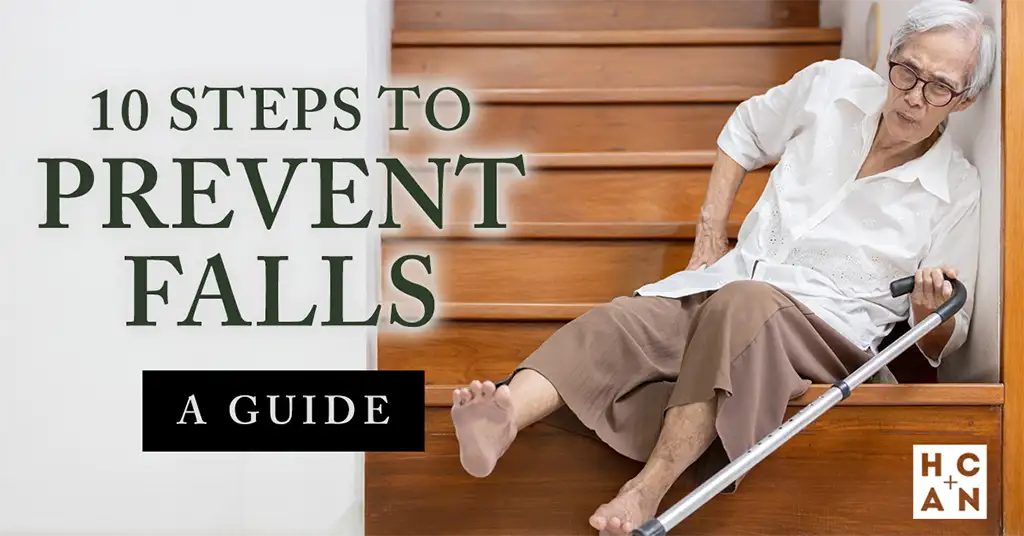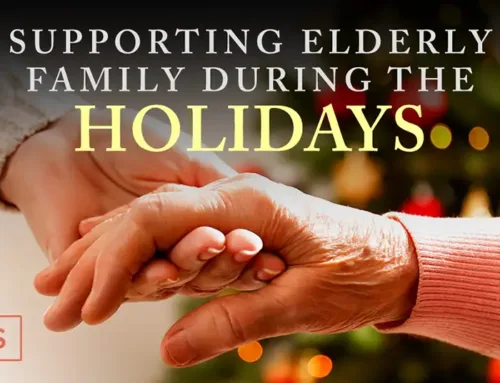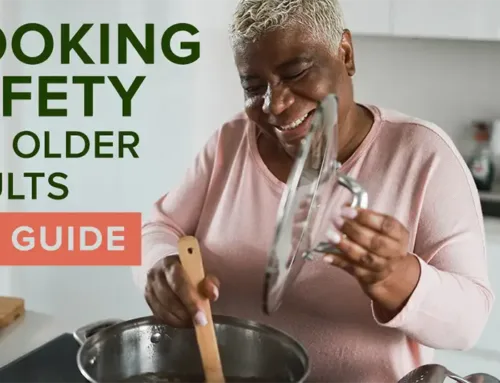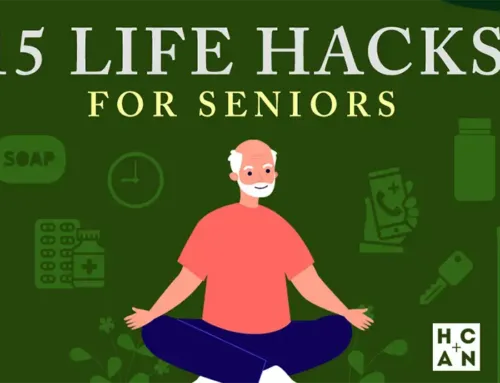A Practical Guide to Fall Prevention: Avoid Common Mistakes and Keep Seniors Safe
A Practical Guide to Fall Prevention: Avoid Common Mistakes and Keep Seniors Safe
Ten Steps to Prevent Falls
When it comes to fall prevention, the odds are often stacked against aging loved ones. According to the Centers for Disease Control and Prevention (CDC), one out of every four seniors will fall this year—making falls the leading cause of injuries for people age 65 and older. Beyond physical injuries like broken hips, falls can also lead to increased fear and depression, making it harder for seniors to maintain independence.
Why Even the Best Fall Prevention Plans Can Fail
Age-related changes—including declines in coordination, flexibility, vision, and balance—as well as chronic health conditions (such as diabetes or arthritis), all contribute to increased fall risk as we get older. Even the most well-intentioned fall prevention plans can overlook key risk factors or become outdated over time.
The “Prevent Fall Prevention” Problem: Common Oversights
Environmental Blind Spots: The Hazards You’re Missing
Many homes contain hidden risks that go unnoticed, like loose carpets, uneven flooring, or cluttered walkways, all of which can lead to serious falls.
Ignoring Personal Factors: Health, Medication, and Mindset
Health conditions, medication side effects, and mental well-being play major roles in fall risk. Regularly assess these factors to ensure nothing is overlooked.
The Set-It-and-Forget-It Mistake: Why Plans Need Regular Review
Fall prevention is not a one-time task. Reevaluate and update strategies frequently to respond to evolving needs and risk factors.
Auditing Your Current Fall Prevention Strategy: A Step-by-Step Checklist
Re-evaluating the Home Environment
- Examine every room and hallway for hazards such as loose carpet or floorboards, and repair or remove these risks.
- Keep the home neat and clutter-free, paying special attention to walkways blocked by items like newspapers or magazines.
- Remove throw rugs—they can be serious tripping hazards, especially for those with mobility challenges.
Reviewing Health and Medication Routines
- Review medications regularly with a healthcare provider to ensure none cause dizziness or balance problems (read more about medication side effects and fall risks).
Assessing Mobility and Strength
- Install handrails and grab bars on stairways and in bathrooms to provide extra support and stability (see our guide on grab bars for bathrooms).
- Secure mats in bathtubs, showers, and on other slippery surfaces with non-slip backing.
- Ensure adequate lighting in bedrooms, bathrooms, hallways, and stairways. Use brighter bulbs and add nightlights to improve nighttime safety.
- Arrange the living space to minimize the need for using stairs. If single-level living isn’t possible, encourage limiting stair use.
- Choose non-slip footwear—make sure shoes and socks are supportive and reduce the risk of slipping.
Strengthening Your Fall Prevention Approach: Proactive Steps for Success
Incorporating Simple Strength and Balance Exercises
- Promote regular physical activity such as Tai Chi, walking, or balance exercises (find easy balance exercises for seniors here). Building strength and flexibility helps seniors stay steady and independent.
Optimizing Nutrition and Hydration
Nutrition and hydration have a huge impact on strength, energy, and balance. Encourage seniors to eat balanced meals and drink plenty of water daily.
Making Smart Home Modifications
Evaluate and implement modifications like threshold ramps or lever-style door handles to further safeguard against falls.
“Eventually, your senior may need a cane or walker to help steady them—or maybe a little extra help at home,” says Sierra Goetz, co-founder and operations director at HomeCare Advocacy Network (HCAN). “Our caregivers are trained to spot potential trip and fall hazards and assist seniors who have mobility issues—reducing fall risk and helping them remain healthy and independent for as long as possible.”
For more support on fall prevention, HCAN caregivers specialize in helping seniors age safely at home. Contact us or visit hcan.com to learn how we can help your loved one reduce their risk of falls.






